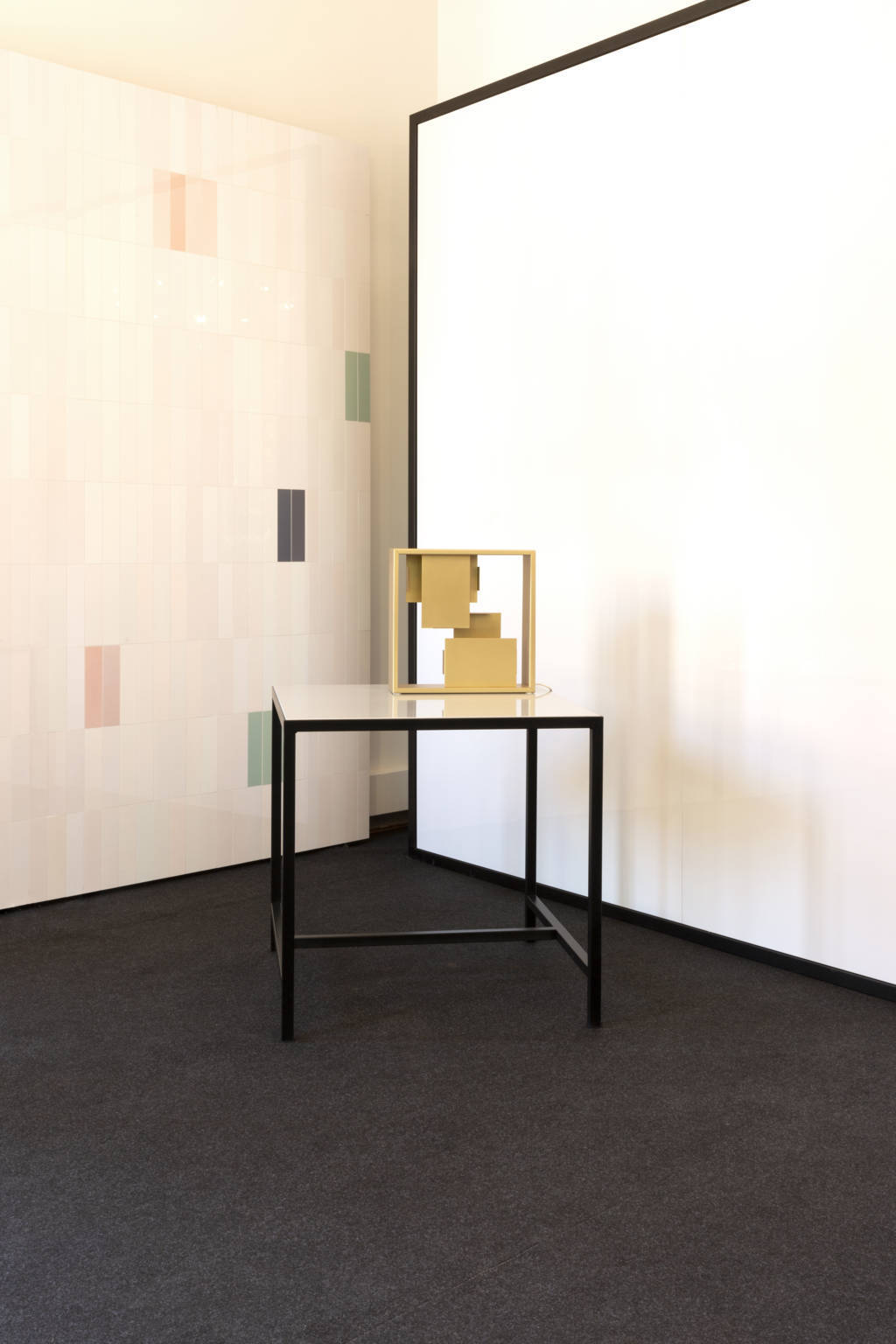Designers: Formafantasma, Giorgio Griffa, Franco Guerzoni, Zanellato/Bortotto, Zaven

CEDIT – Ceramiche d’Italia is a brand with a long and celebrated history, relaunched worldwide by Florim with the aim to combine a passion for ceramic art and Italian style with interior architecture. Founded in 1947, CEDIT has left its mark on the history of ceramic design and it became known for a unique and contemporary approach to interior design.
In the setting of Campo Santo Stefano, a square right across the Academia bridge, in the centre of Venice, the Italian ceramic company presented the show Ambienti, which revisited the concept of inhabiting a space throughout five signature collections of ceramic plates, works by Formafantasma, Giorgio Griffa, Franco Guerzoni, Zanellato/Bortotto and Zaven.
These five collections, exclusively designed for CEDIT, highlighted and defined a variety of interiors where the ceramic element, with its own poetic capacity, its decorative use and its large surfaces, is brought under the spotlight.
“These are still unique slabs to look at more closely. Dear artists, in which I believe, you ought to create unique designs to bring back this wonderful craft to the use that it deserves” –Giò Ponti, Introduction to the CEDIT catalogue, Serie Pittori, 1973.
CEDIT ceramics are no longer limited to just covering surfaces by multiplying small pieces, but they overcome their physical size and adopt dimensions comparable to the architectonic volume. “In this sense, CEDIT today takes and gives an answer to the instructions of Giò Ponti that deemed ceramic as a material suitable to generate large and particular designs which transcend the limitations of its format” –Stefano Torrenti, Manager of Florim Archeologie.
With this installation show – that was managed by Florim and opened to the public for the 2018 Venice Design Biennial - CEDIT demonstrated some of its primary values: history, craftsmanship, art and innovation which, linked by the distinctive common thread of the know-how of Italian creativity, gave meaning to the idea of inhabiting an area, understood as a quality practice that establishes a relation between the persons and the architectural space in which they live.



Ph. Teo Zanin




